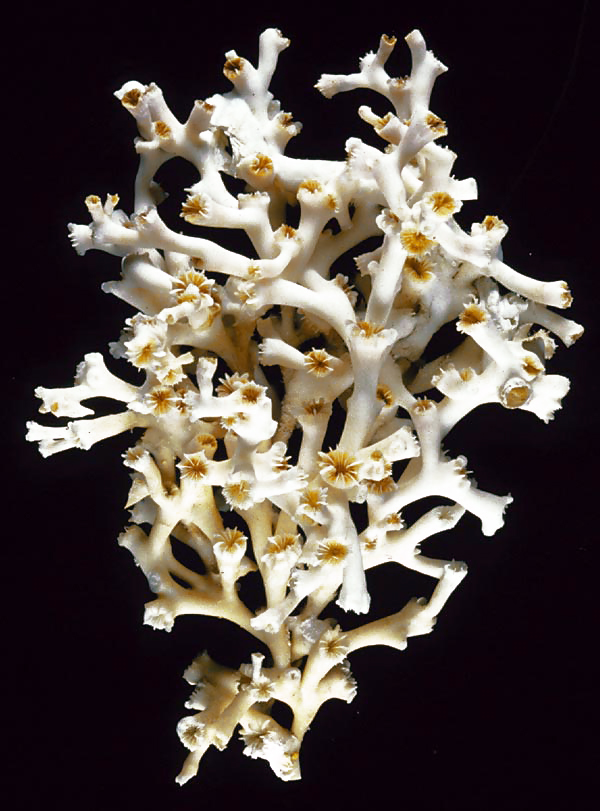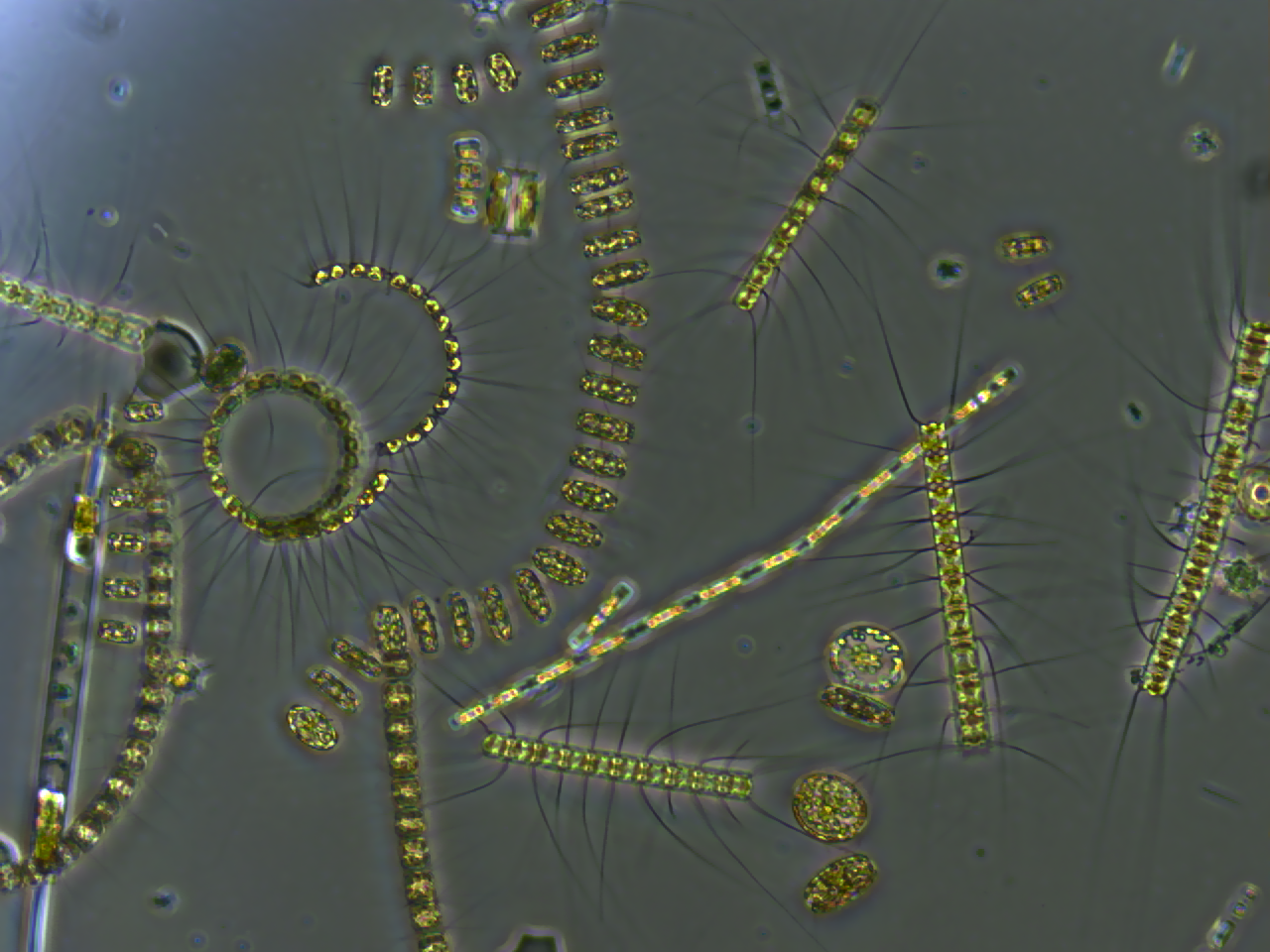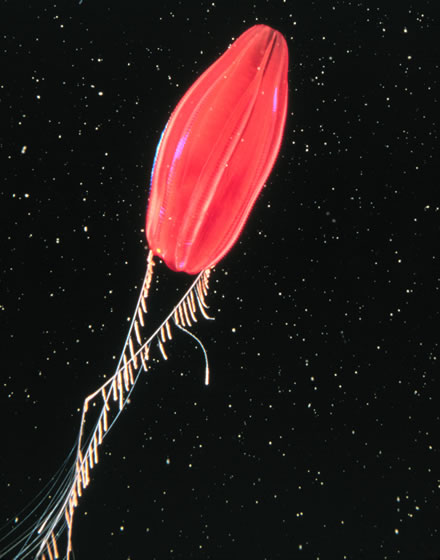|
Lophelia
''Lophelia pertusa'', the only species in the genus ''Lophelia'', is a cold-water coral that grows in the deep waters throughout the North Atlantic ocean, as well as parts of the Caribbean Sea and Alboran Sea. Although ''L. pertusa'' reefs are home to a diverse community, the species is extremely slow growing and may be harmed by destructive fishing practices, or oil exploration and extraction. Biology ''Lophelia pertusa'' is a reef building, deep water coral, but it does not contain zooxanthellae, the symbiotic algae which lives inside most tropical reef building corals. ''Lophelia'' lives at a temperature range from about and at depths between and over , but most commonly at depths of , where there is no sunlight. As a coral, it represents a colonial organism, which consists of many individuals. New polyps live and build upon the calcium carbonate skeletal remains of previous generations. Living coral ranges in colour from white to orange-red; each polyp has up to 16 ... [...More Info...] [...Related Items...] OR: [Wikipedia] [Google] [Baidu] |
Cold-water Coral
The habitat of deep-water corals, also known as cold-water corals, extends to deeper, darker parts of the oceans than tropical corals, ranging from near the surface to the abyss, beyond where water temperatures may be as cold as . Deep-water corals belong to the Phylum Cnidaria and are most often stony corals, but also include black and thorny corals and soft corals including the Gorgonians (sea fans). Like tropical corals, they provide habitat to other species, but deep-water corals do not require zooxanthellae to survive. While there are nearly as many species of deep-water corals as shallow-water species, only a few deep-water species develop traditional reefs. Instead, they form aggregations called patches, banks, bioherms, massifs, thickets or groves. These aggregations are often referred to as "reefs," but differ structurally and functionally. Deep sea reefs are sometimes referred to as "mounds," which more accurately describes the large calcium carbonate skeleton th ... [...More Info...] [...Related Items...] OR: [Wikipedia] [Google] [Baidu] |
Røst Reef
The Rost Reef ( no, Røstrevet) is a deep-water coral reef off the coast of the Lofoten islands in Nordland county, Norway. The reef was discovered in 2002, about west of the island of Røstlandet. It extends over a length of about , and has a width of up to . The reef is generated by the coral ''Lophelia pertusa'', and is the world's largest known ''Lophelia'' reef. It is also the world's largest known deep-water coral reef. The authorities have introduced regulations to protect the reef against trawling. The temperature of the waters near the bottom of the Rost coral reef is 2 °C. WWF recognises the Røst Reef as a global natural heritage that merits protection through Marine Protected Area (MPA) status. Flora and fauna The reef is generated by the coral ''Lophelia pertusa'', and it hosts a profuse marine population that ranges from plankton to fish. Lophelia is associated with anemones, jellyfish and other animals. Lophelia are filter feeders and get all their energy ... [...More Info...] [...Related Items...] OR: [Wikipedia] [Google] [Baidu] |
Henri Milne-Edwards
Henri Milne-Edwards (23 October 1800 – 29 July 1885) was an eminent French zoologist. Biography Henri Milne-Edwards was the 27th child of William Edwards, an English planter and colonel of the militia in Jamaica and Elisabeth Vaux, a Frenchwoman. Henri was born in Bruges, in present-day Belgium, where his parents had retired; Bruges was then a part of the newborn French Republic. His father had been jailed for several years for helping some Englishmen in their escape to their country. Henri spent most of his life in France. He was brought up in Paris by his older brother Guillaume Frederic Edwards (1777–1842), a distinguished physiologist and ethnologist. His father was released after the fall of Napoleon. The whole family then moved to Paris. At first he turned his attention to medicine, in which he graduated as an MD at Paris in 1823. His passion for natural history soon prevailed, and he gave himself up to the study of the lower forms of animal life. He became a stude ... [...More Info...] [...Related Items...] OR: [Wikipedia] [Google] [Baidu] |
Climate Change
In common usage, climate change describes global warming—the ongoing increase in global average temperature—and its effects on Earth's climate system. Climate change in a broader sense also includes previous long-term changes to Earth's climate. The current rise in global average temperature is more rapid than previous changes, and is primarily caused by humans burning fossil fuels. Fossil fuel use, deforestation, and some agricultural and industrial practices increase greenhouse gases, notably carbon dioxide and methane. Greenhouse gases absorb some of the heat that the Earth radiates after it warms from sunlight. Larger amounts of these gases trap more heat in Earth's lower atmosphere, causing global warming. Due to climate change, deserts are expanding, while heat waves and wildfires are becoming more common. Increased warming in the Arctic has contributed to melting permafrost, glacial retreat and sea ice loss. Higher temperatures are also causin ... [...More Info...] [...Related Items...] OR: [Wikipedia] [Google] [Baidu] |
Zooplankton
Zooplankton are the animal component of the planktonic community ("zoo" comes from the Greek word for ''animal''). Plankton are aquatic organisms that are unable to swim effectively against currents, and consequently drift or are carried along by currents in the ocean, or by currents in seas, lakes or rivers. Zooplankton can be contrasted with phytoplankton, which are the plant component of the plankton community ("phyto" comes from the Greek word for ''plant''). Zooplankton are heterotrophic (other-feeding), whereas phytoplankton are autotrophic (self-feeding). This means zooplankton cannot manufacture their own food but must eat other plants or animals instead — in particular they eat phytoplankton. Zooplankton are generally larger than phytoplankton, most are microscopic, but some (such as jellyfish) are macroscopic and can be seen with the naked eye. Many protozoans (single-celled protists that prey on other microscopic life) are zooplankton, including zooflagellat ... [...More Info...] [...Related Items...] OR: [Wikipedia] [Google] [Baidu] |
Phytoplankton
Phytoplankton () are the autotrophic (self-feeding) components of the plankton community and a key part of ocean and freshwater ecosystems. The name comes from the Greek words (), meaning 'plant', and (), meaning 'wanderer' or 'drifter'. Phytoplankton obtain their energy through photosynthesis, as do trees and other plants on land. This means phytoplankton must have light from the sun, so they live in the well-lit surface layers ( euphotic zone) of oceans and lakes. In comparison with terrestrial plants, phytoplankton are distributed over a larger surface area, are exposed to less seasonal variation and have markedly faster turnover rates than trees (days versus decades). As a result, phytoplankton respond rapidly on a global scale to climate variations. Phytoplankton form the base of marine and freshwater food webs and are key players in the global carbon cycle. They account for about half of global photosynthetic activity and at least half of the oxygen production, despi ... [...More Info...] [...Related Items...] OR: [Wikipedia] [Google] [Baidu] |
Tentacle
In zoology, a tentacle is a flexible, mobile, and elongated organ present in some species of animals, most of them invertebrates. In animal anatomy, tentacles usually occur in one or more pairs. Anatomically, the tentacles of animals work mainly like muscular hydrostats. Most forms of tentacles are used for grasping and feeding. Many are sensory organs, variously receptive to touch, vision, or to the smell or taste of particular foods or threats. Examples of such tentacles are the eyestalks of various kinds of snails. Some kinds of tentacles have both sensory and manipulatory functions. A tentacle is similar to a cirrus, but a cirrus is an organ that usually lacks the tentacle's strength, size, flexibility, or sensitivity. A nautilus has cirri, but a squid has tentacles. Invertebrates Molluscs Many molluscs have tentacles of one form or another. The most familiar are those of the pulmonate land snails, which usually have two sets of tentacles on the head: when e ... [...More Info...] [...Related Items...] OR: [Wikipedia] [Google] [Baidu] |
Norway
Norway, officially the Kingdom of Norway, is a Nordic country in Northern Europe, the mainland territory of which comprises the western and northernmost portion of the Scandinavian Peninsula. The remote Arctic island of Jan Mayen and the archipelago of Svalbard also form part of Norway. Bouvet Island, located in the Subantarctic, is a dependency of Norway; it also lays claims to the Antarctic territories of Peter I Island and Queen Maud Land. The capital and largest city in Norway is Oslo. Norway has a total area of and had a population of 5,425,270 in January 2022. The country shares a long eastern border with Sweden at a length of . It is bordered by Finland and Russia to the northeast and the Skagerrak strait to the south, on the other side of which are Denmark and the United Kingdom. Norway has an extensive coastline, facing the North Atlantic Ocean and the Barents Sea. The maritime influence dominates Norway's climate, with mild lowland temperatures on the ... [...More Info...] [...Related Items...] OR: [Wikipedia] [Google] [Baidu] |
Lofoten Islands
Lofoten () is an archipelago and a traditional district in the county of Nordland, Norway. Lofoten has distinctive scenery with dramatic mountains and peaks, open sea and sheltered bays, beaches and untouched lands. There are two towns, Svolvær and Leknes – the latter is approximately north of the Arctic Circle and approximately away from the North Pole. The archipelago experiences one of the world's largest elevated temperature anomalies relative to its high latitude. Etymology ''Lofoten'' ( non, Lófótr) was the original name of the island Vestvågøya. The first element is ''ló'' (i.e., "lynx") and the last element is derived from Norse ''fótr'' (i.e., "foot"), as the shape of the island must have been compared with that of a lynx's foot. (The old name of the neighbouring island Flakstadøya was ''Vargfót'', "wolf's foot", from ''vargr'' "wolf".) Alternatively it could derive from the word for light in reference to the presence of Aurora Borealis as ... [...More Info...] [...Related Items...] OR: [Wikipedia] [Google] [Baidu] |






